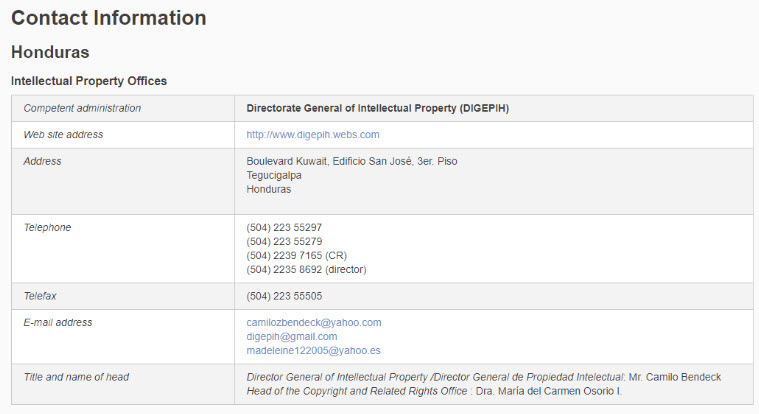Trademark “Stealth” Filings at the USPTO Under 44(D)

Imagine this: your company has spent the last year discretely planning the launch of your next flagship product. A significant amount of money has been spent developing a brand, and you’re ready to file the Federal trademark application to secure an early priority date before you launch in the U.S. Your company files, only to find out a third-party filed a similar trademark a week earlier. It wasn’t on any of the search reports; it wasn’t even in the USPTO database yet. But now that third-party may have superior rights based on their earlier filing date.
Companies can anticipate this rare (but real) threat by filing a “stealth filing.”
Typically, when an applicant files a trademark application, the “priority date” of that federal application is the date the applicant filed with the Patent and Trademark Office. However, there are exceptions to that rule, and some US companies use these special rules to gain an even earlier filing date to maximize their chances of successful registration.
Here’s how “stealth filings” work under Section 44(d) of the Lanham Act.
Under the Paris convention, USPTO trademark applicants can secure a priority date in the U.S. by trademark applications using the filing date of a foreign application, filed in one of the many Paris convention signatory countries. The only catch is that it must be:
- Within six months of the original filing date in that foreign country;
- The applicant’s country of origin must be a Paris signatory; and
- The application must be for the same or narrower goods and services, the same owner, and the same mark as the foreign application.
That applicant can then be filed under section 44 (D) as the basis for its application and receive a filing date up to 6 months earlier.
Why is this important? Let’s look at our original example. A Section 44(d) filing is one of the few ways that a domestic applicant can “jump in line” ahead of someone who filed before the first trademark application. It also allows the application to claim a constructive first use date dating back to the foreign application date. If anyone used a similar trademark or attempted to register a similar trademark within that time frame, the stealth filer could have superior rights based on Section 44(d).
Here’s how it works in practice.
In the gaming industry, news outlets frequently use trademark filings in foreign countries and in the US to try to analyze future releases and plans with various gaming properties. However, this also means that the public, media, and competitors will view any filings with increased scrutiny, especially if that company has deep pockets or has been developing a game for several years and invested heavily in graphical assets or something else that might be hard to change.
For example, the studio behind the wildly popular Elder scrolls videogames filed the trademark application for “Redfall” in September 2018. It was instantly the talk of the video game industry. However, what many people didn’t realize is that the company filed a trademark application in Honduras in March 2018 – six months almost to the day before they filed a US application. Assuming they can register this trademark and perfect the rights, they will effectively have six additional months worth of protection.
The key to successful stealth filing, however, is also why it makes it so expensive. A country like Honduras does not host an electronic database of its trademark filings. It requires local counsel to manage the relationship between the IP office and the company. In fact, from the World Intellectual Property Office website, the contact for the Honduras IP office uses a Yahoo email address.
Unlike filings in the EU or Japan, these stealth filings are almost impossible to detect and give these companies a cushion on their protection of the trademark.
Why does this exception exist?
The original idea behind this treaty benefit was that, in 1883, when countries were negotiating the treaty, it would typically take several months for mail and trademark specimens to get transferred from one country to another. Therefore, the U.S. drafters of the Lanham Act provided for six months to allow mail to make it from one country to the other. The Lanham Act has not been substantially altered since these early days, and this benefit still stands today even though information can process almost instantaneously.
These “stealth filings” can be extremely useful, but can also be devastating to a smaller business or other filers who lose their earlier priority date because of one of these filings. There is no way to anticipate them (see Honduras’ lack of an electronic database), and if the application date is that filer’s earliest priority date, then it could very well be exposed to legal liability it did not (and could not) anticipate.
It is crucial for applicants (and their attorneys) to be aware of these types of filings and consider utilizing these approaches for high-priority trademark filings.
Do you need assistance with a trademark matter?
Contact an Attorney Today
